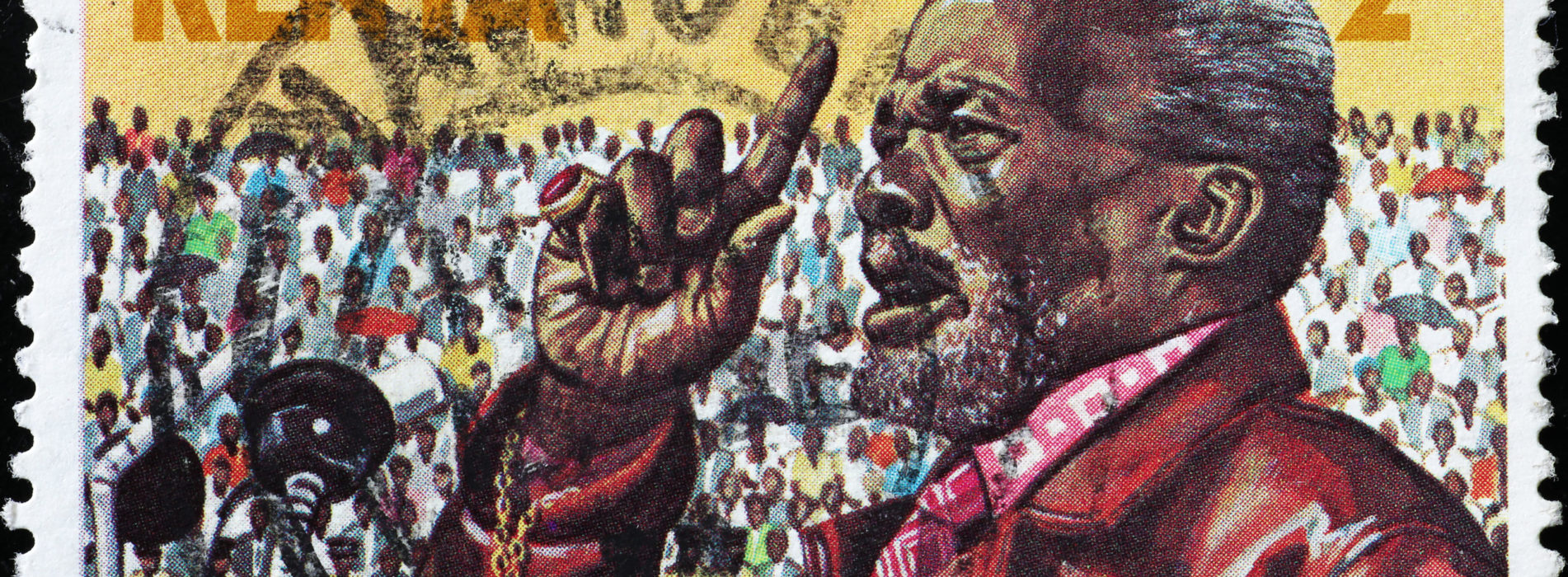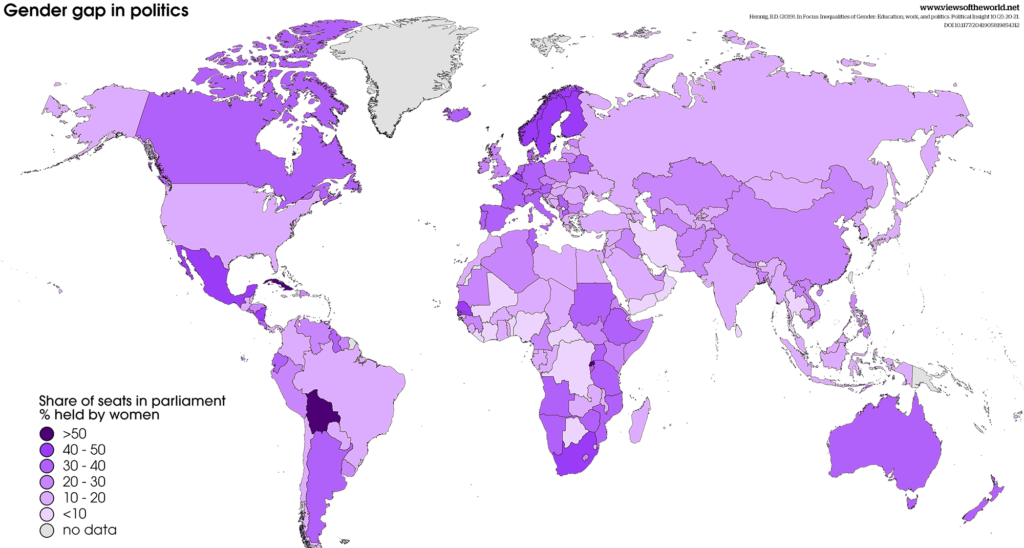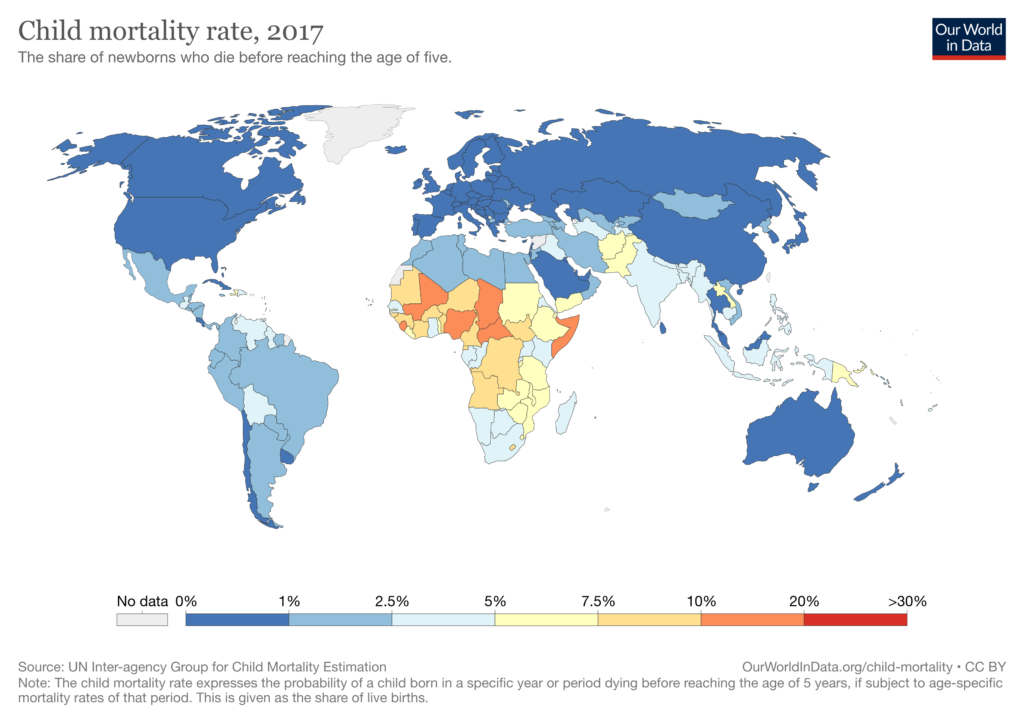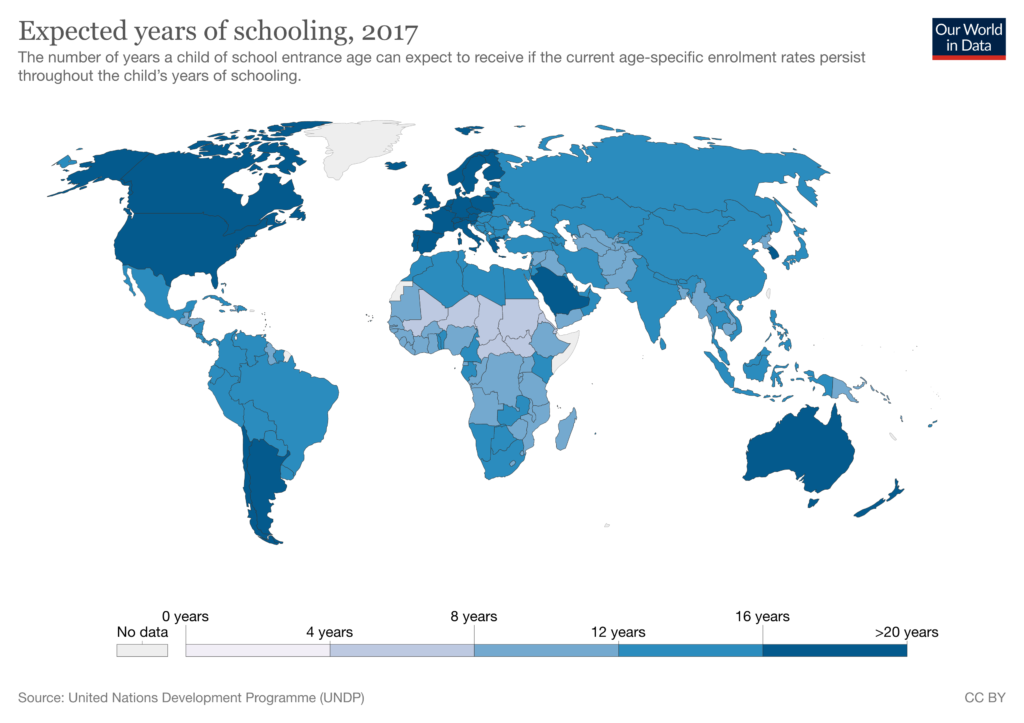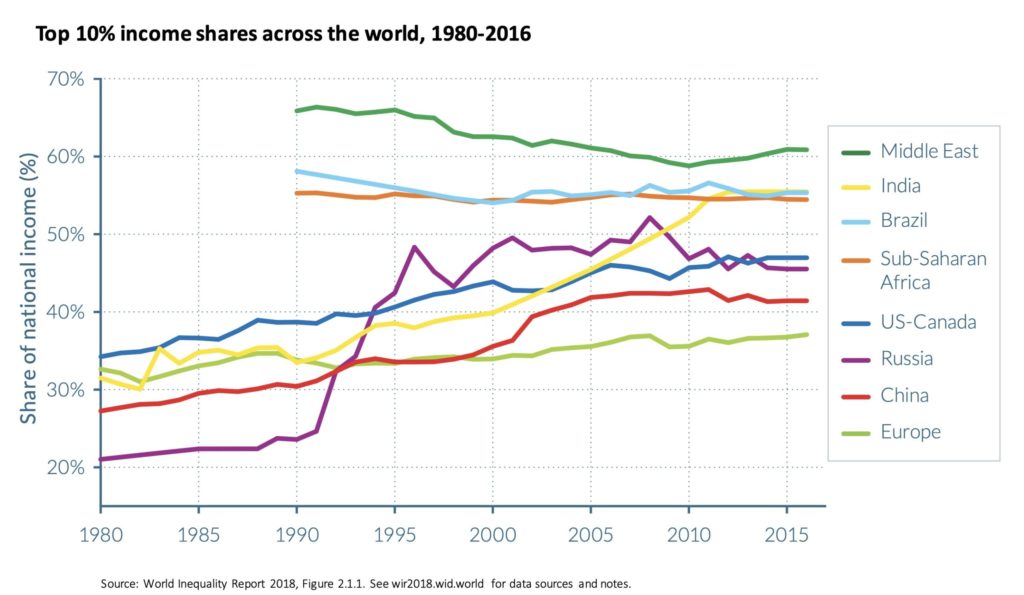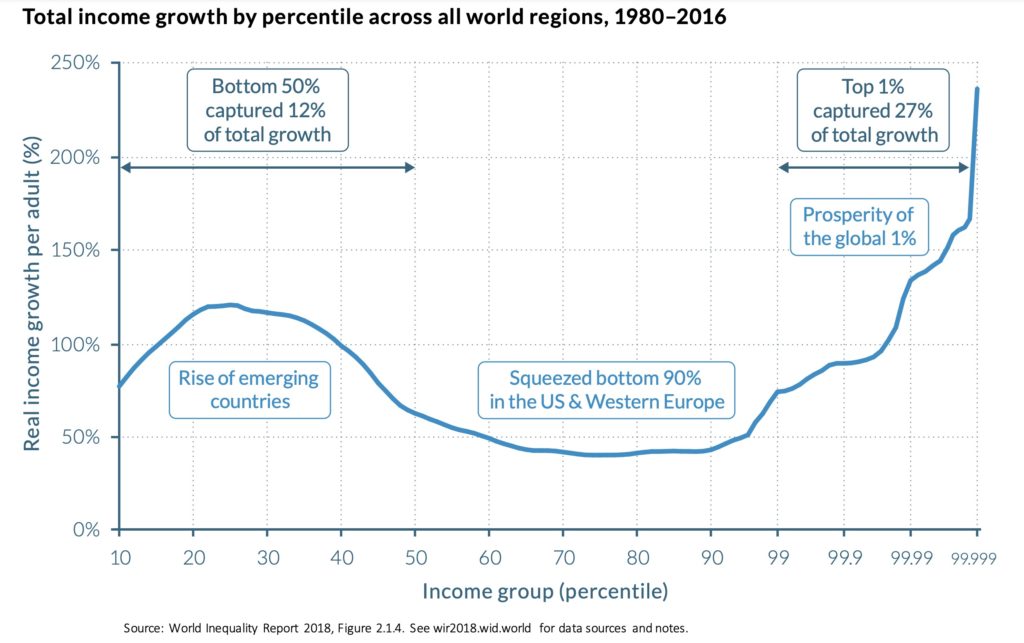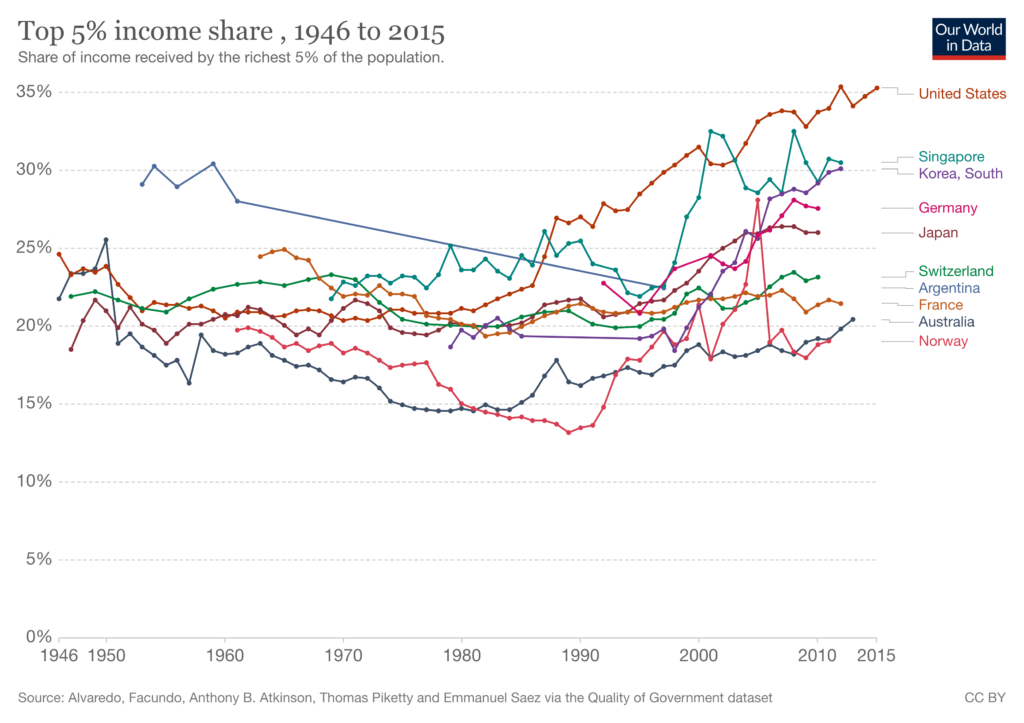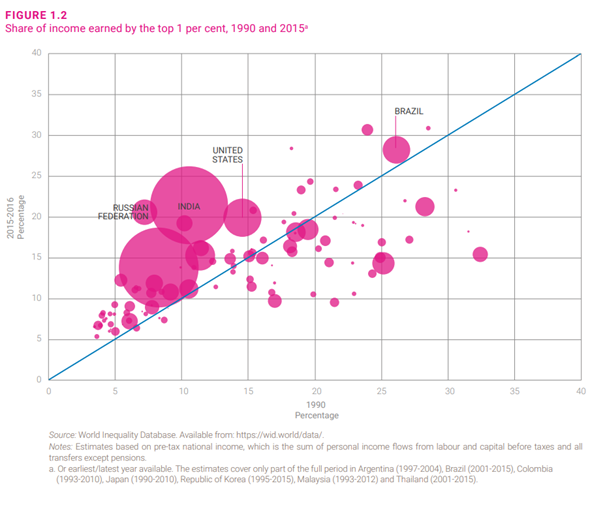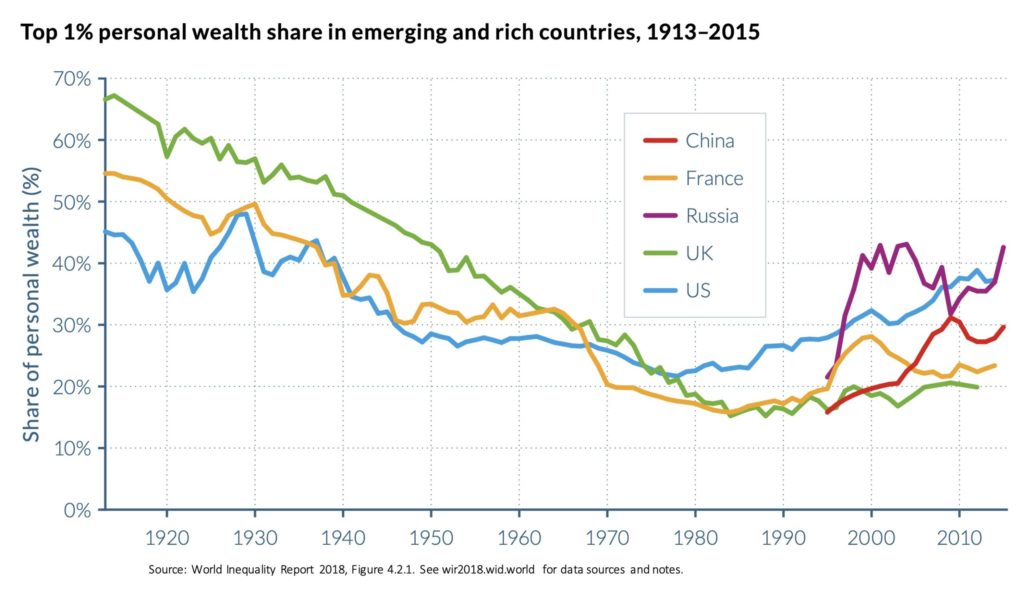“Hustlers versus Dynasty”: Kenya’s New Class Politics
While ethnicity has been the dominant dividing line in Kenyan politics, some argue that a new language of “hustlers versus dynasty” suggests the emergence of a more class-based politics. However, politics of grievance are never about one axis of inequality; the hustler-dynasty frame is no exception and resonates for reasons beyond class.
Can combative language about class be categorised as hate speech? Kenyan politics is grappling with this question as a language of “hustlers versus dynasty” grips the country.
A committee of members of parliament has put forward a bill to include class, termed “social status”, in the document, along with ethnicity as an inexcusable form of incitement. The National Cohesion and Integration Commission (NCIC), founded after the post-election violence that took place in Kenya in 2007–2008, appears to be in favour. According to an article in Kenya’s Daily Nation paper, the chairman of NCIC, Dr Samuel Kobia, said that the hustler-dynasty debate “risks plunging the country into chaos”. He advocated for quick, strong action, saying, “If this is not properly handled, it could lead the country the Rwanda way in 2022.”
The phrase “hustlers versus dynasty” was coined by Deputy President William Ruto, following a political upset. Uhuru Kenyatta, Kenya’s current president, had agreed that he would support Ruto’s candidacy for the next presidential election in 2022. Then, in March 2018, Kenyatta reversed course. He invited his former political rival Raila Odinga to the presidential office and after a private meeting, the two men publicly sealed their new partnership with the now famous “handshake”.

Scorned and looking to bolster his position against the current president, Ruto labelled Kenyatta’s brand of politics as “dynasty” in contrast with his own hustler identity, one that he has long embraced, despite his now substantial wealth. Ruto’s humble background is well known – he talks of how he went to school barefoot, getting his first pair of shoes when he was about 15, and worked as a young man selling chickens by the side of the road.
In contrast, President Kenyatta and his former rival Odinga can boast of few hustler credentials. Kenyatta is the son of Kenya’s first president, Jomo Kenyatta. Odinga is the son of the country’s first vice president, Jaramogi Odinga. Both grew up comfortably and studied internationally after secondary school, Kenyatta in the US and Odinga in Germany. Also part of the so-called dynasty team is Gideon Moi, the son of Kenya’s longest-serving president, Daniel arap Moi.
While ethnicity has been the dominant dividing line in Kenyan politics, some argue that a new language of “hustlers versus dynasty” suggests the emergence of a more class-based politics While ethnicity has been the dominant dividing line in Kenyan politics, some argue that a new language of “hustlers versus dynasty” suggests the emergence of a more class-based politics. Wycliffe Muga, a columnist of the Star newspaper, wrote, “Dr Ruto is offering the great majority of Kenyans (who are most definitely poor) a new form of identity politics. He invites his supporters to put behind them their usual focus on regional and linguistic tribal solidarity, and to embrace what amounts to a neo-Marxist theoretical framework that gives them a new identity as the betrayed and longsuffering ‘wretched of the earth’.”
But Ruto uses the term “hustlers”, rather than “the poor”, and that seems to be a key distinction. Scholars of Kenya’s “hustle economy”, such as Tatiana Thieme, describe how there is an appealing form of agency in the hustler identity. Hustlers are not victims, pure and simple, they are strivers.
Furthermore, politics of grievance are never about one axis of inequality, even if that is what appears on the surface. The hustler-dynasty frame is no exception; it resonates for reasons beyond class.
In particular, there is a gendered dimension to the term “hustling”. In my own research, though the informal economy is easy on no one, I found that young men were much more likely to describe themselves as hustlers or use hustling to describe their means of getting by. Given the political and economic landscape of Kenya, dynasty is also coded as male, with lineages of power carried on by men as is common elsewhere in the world.
A sense of marginalisation and disempowerment, particularly acute amongst low-income men, can help explain why the hustler-dynasty narrative resonates.A sense of marginalisation and disempowerment, particularly acute amongst low-income men, can help explain why the hustler-dynasty narrative resonates. Scholars of masculinity in Kenya, including Chimaraoke Izugbara and Naomi van Stapele, show that men are expected, by themselves and others, to live up to a provider ideal. The harsh economy means that they often fall short, adding a particular sense of humiliation and shame to their experience of precarity.
My research focuses on another narrative of grievance in Kenya, that after years of focusing on girls’ and women’s empowerment, “the boy child has been forgotten”. As hustler-dynasty is not “just” about class, neither is the boy child narrative “just” about gender. Men often used it to direct attention to their experience of poverty or that of other men. For example, when I asked a 30-year-old man in central Kenya what he thought of the boy child, he replied, “Should I use the words? He is miserable.” From his shop where he sold medication for livestock, he gestured to a group of four men who were sitting on the grass some distance away, having not found work that day, saying, “Actually, even at my age, he just stands there around… So you see, the boy child is miserable.”
As with hustler-dynasty, there is an anti-authority dimension to the boy child narrative in that respondents often argue that those who are high up in policy simply do not understand the suffering of the boy child. When I asked a 25-year-old cleaner in a mall how the boy child could be neglected if men still dominated in politics, he answered me, “Don’t look there at the people in the big offices, look down here.”
As we have seen across the world, from the US to India, how politicians handle the grievances of economically precarious men can have serious implications. Could hustler-dynasty be translated into greater economic justice or could it fuel other underlying animosities, including around ethnicity and women’s advancement? What unfolds in Kenya in the coming months could provide clues to other countries where new languages are emerging to confront – or take advantage of – longstanding inequalities.
Thomas Piketty and the Inequality Economists
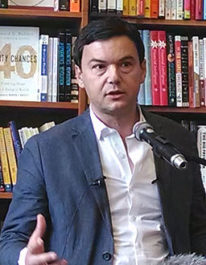 Thomas Piketty at the reading for Capital in the Twenty-First Century on 18 April 2014 at the Harvard Book Store in Cambridge, Massachusetts.
Thomas Piketty at the reading for Capital in the Twenty-First Century on 18 April 2014 at the Harvard Book Store in Cambridge, Massachusetts.Over the last decade, a vivid scholarly debate over the issue of inequality and its drivers has taken place among economists and attracted a lot of public attention. It includes, most prominently, Thomas Piketty and other French economists such François Bourguignon, Thomas Philippon, Emmanuel Saez and Gabriel Zucman but also Anglo-Saxon scholars such as Anthony Atkinson, Joseph Stieglitz and Branko Milanovic. Piketty landed an Amazon’s best-seller with his book Capital in the Twenty-First Century (2014), in which he argues that welfare states and social policies are the exception in history while the general tendency under capitalist conditions is for inequality to rise as the returns to capital are greater than the general rate of economic growth. Piketty therefore opposed previous theories, such as Simon Kuznets’ U-shape model assuming that under capitalism inequality first rises to subsequently decline with the apparition of redistributive mechanisms and policies. From Piketty’s perspective, the “egalitarian” decades from the 1930s to the 1970s, while constituting an exception, also prove that economic inequality is not predetermined but may be acted upon through political and social measures. Others such as Branko Milanovic have argued for more cyclical approaches to inequality, suggesting that it is sporadically checked by wars, plagues and demographic disruptions that are exogenous to the market.
Further readings:
- Robert H. Wade, “The Piketty Phenomenon and the Future of Inequality”, real-world economics review, no. 69 (7 Oct. 2014): 2–17.
- Mike Savage, “An Interview with Thomas Piketty, Paris 8th July 2015”, Working Paper no. 1, International Inequalities Institute, LSE, September 2015.
Measuring Inequality
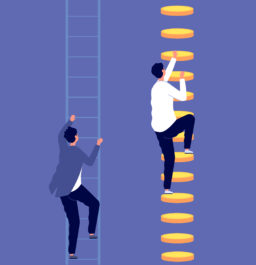
Inequality measurement can take many forms. Depending on what kind of inequality is being measured (economic, health, education, etc.), different types of indicators will be used (revenue, wealth, average years of schooling, life expectancy…). Measuring inequality further depends on the units of measurements (individuals, households, tax-paying units, etc.) and the types of entities/groups that are being compared. Measuring inequality across country or regions thus differs from measuring inequality within a given society (e.g., between specific segments of a given population) or between citizens globally.
Gini Index
The most common index to measure economic inequalities in terms of revenue or wealth is the Gini coefficient. It measures the extent to which the distribution of income across a society deviates from a perfectly equal distribution. It is based on the Lorenz curve, which represents the cumulative proportion of the population on the horizontal axis and the cumulative proportion of income on the vertical axis. If one person earned all income (maximum inequality) the Gini coefficient would be equal to 1. If income was shared equally between all, the Gini coefficient would equal 0.
Palma Index (or Ratio Measures)
Ratio measures compare how much revenue or wealth is held by a specific segment of the population as compared to another. They allow to adjust for the Gini index's oversensitivity to changes in the middle of the distribution. The Palma ratio, for instance, measures the share of national income of the top 10% compared to that hold by the lower 40%. In more equal societies this ratio will be 1 or below but in very unequal societies it might go up to 7.
Theil Index
Theil indexes, finally, measure inequality in terms of how wealth or revenue is spread among different regions (e.g. urban and rural).
For further reading:
- UNDESA, Inequality Measurement, Development Issues no 2, 21 October 2015
- GSDRC, “Measuring Inequality”
Debate on Inequality and the Social Contract
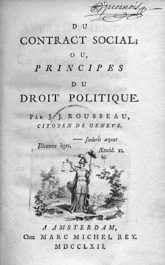
Liberty and equality entertain an uneasy and fraught relationship. How to reconcile the two has been one of political theory’s central quandaries. Proponents of radical approaches to political equality such as Rousseau have argued that equality may only come at the prize of providing a narrow – or positive – definition of freedom. An approach that has also been applied by the French revolutionaries who, most notably during the Reign of Terror (1793–1794), applied a strict definition of what it meant to be free under republican conditions. Liberal proponents, on the other hand, have preferred a negative approach to freedom – privileging being free over being equal – by confining equality to law and reserving freedom to the private realm of individual expression. The radical impetus of equating being free to being equal may thus be opposed to the liberal impetus of equating being free to being different.
Political philosophers have further debated on whether inequality stems from history – or, as Rousseau suggests in his Second Discourse, from civilisation – and thus depends on human intervention or whether it is an inalterable anthropological constant. Liberals have argued the former, insisting that while inequality remains the norm in nature, it is mankind’s role to tame it through policies and laws (e.g., social contracts). Sociologists such as Gaetano Mosca and Robert Michels have come to the more sobering conclusion that elites are a quasi-permanent fixture of human societies and that, eventually, a minority of actors would come to dominate all political systems, even democracies. John Rawls, finally, proposed an elaborate theory of social justice arguing that the social contract needs to guarantee at once fundamental rights to individuals, equality in terms of opportunities, and that economic inequality is justified only to the extent that it serves to improve the lives of the worst off through redistributive mechanisms.
For further reading:
Jeff Manza, “Political Inequality”, in Emerging Trends in the Social and Behavioral Sciences, ed. Robert Scott and Stephen Kosslyn (John Wiley & Sons, Inc., 2015): 1–17.
